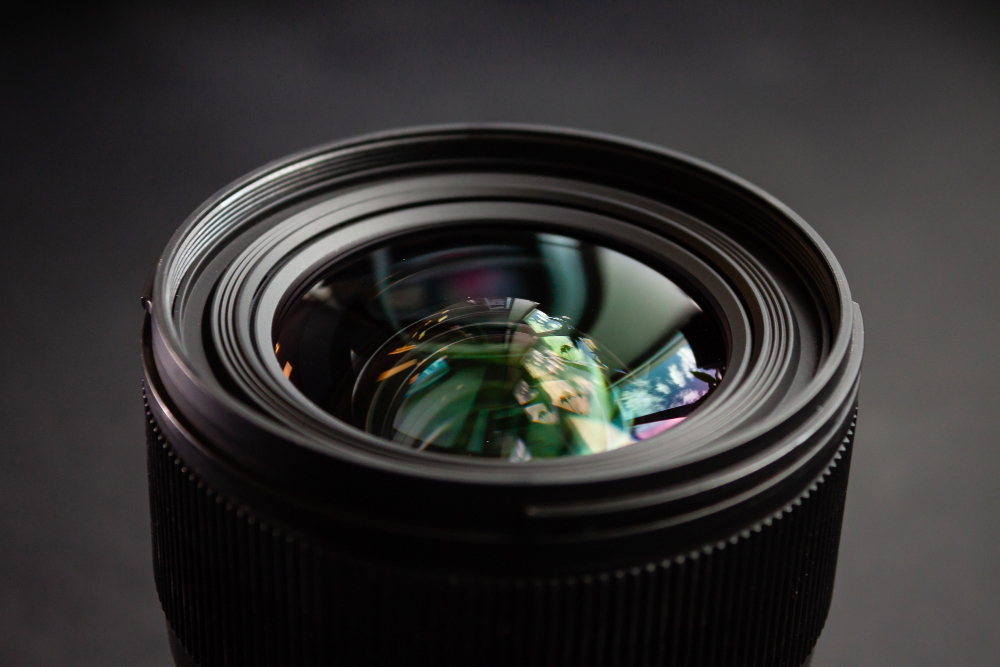Fotomo 微縮模型

Fotomo (微縮模型)is a new art form combining the concepts of photography and modeling. The word “fotomo’ is a blend of two words ,fotografie (photography in German) and mo (model).
Fotomo (微縮模型) is a technique that combines the realism of photography with the physical presence of a three dimensional model. Created by Kimio Itozaki, Fotomo (微縮模型) is a photography technique that creates the presence of depth, perspective and realism, where the normal conventional 2D photos lack. Fotomo (微縮模型) can deliver a unique realism giving viewers a real sense of being there.
Although photography is a medium that faithfully records reality, it only does so in two dimensions. Fotomo (微縮模型)on the other hand gives a new meaning to reality, as it completes what the 2D photos lack. Fotomo (微縮模型)technique arouses the mood to the viewers by just looking into the uniqueness of it.
Kimio Itozaki creates a new perspective on our expectations towards photography through Fotomo (微縮模型). It breaks the simplest rule of the 2D photo, but manages to produce a new concept of art which creates different reactions from the viewer.
Fotomo (微縮模型) is a technique that combines the realism of photography with the physical presence of a three dimensional model. Created by Kimio Itozaki, Fotomo (微縮模型) is a photography technique that creates the presence of depth, perspective and realism, where the normal conventional 2D photos lack. Fotomo (微縮模型) can deliver a unique realism giving viewers a real sense of being there.
Although photography is a medium that faithfully records reality, it only does so in two dimensions. Fotomo (微縮模型)on the other hand gives a new meaning to reality, as it completes what the 2D photos lack. Fotomo (微縮模型)technique arouses the mood to the viewers by just looking into the uniqueness of it.
Kimio Itozaki creates a new perspective on our expectations towards photography through Fotomo (微縮模型). It breaks the simplest rule of the 2D photo, but manages to produce a new concept of art which creates different reactions from the viewer.

